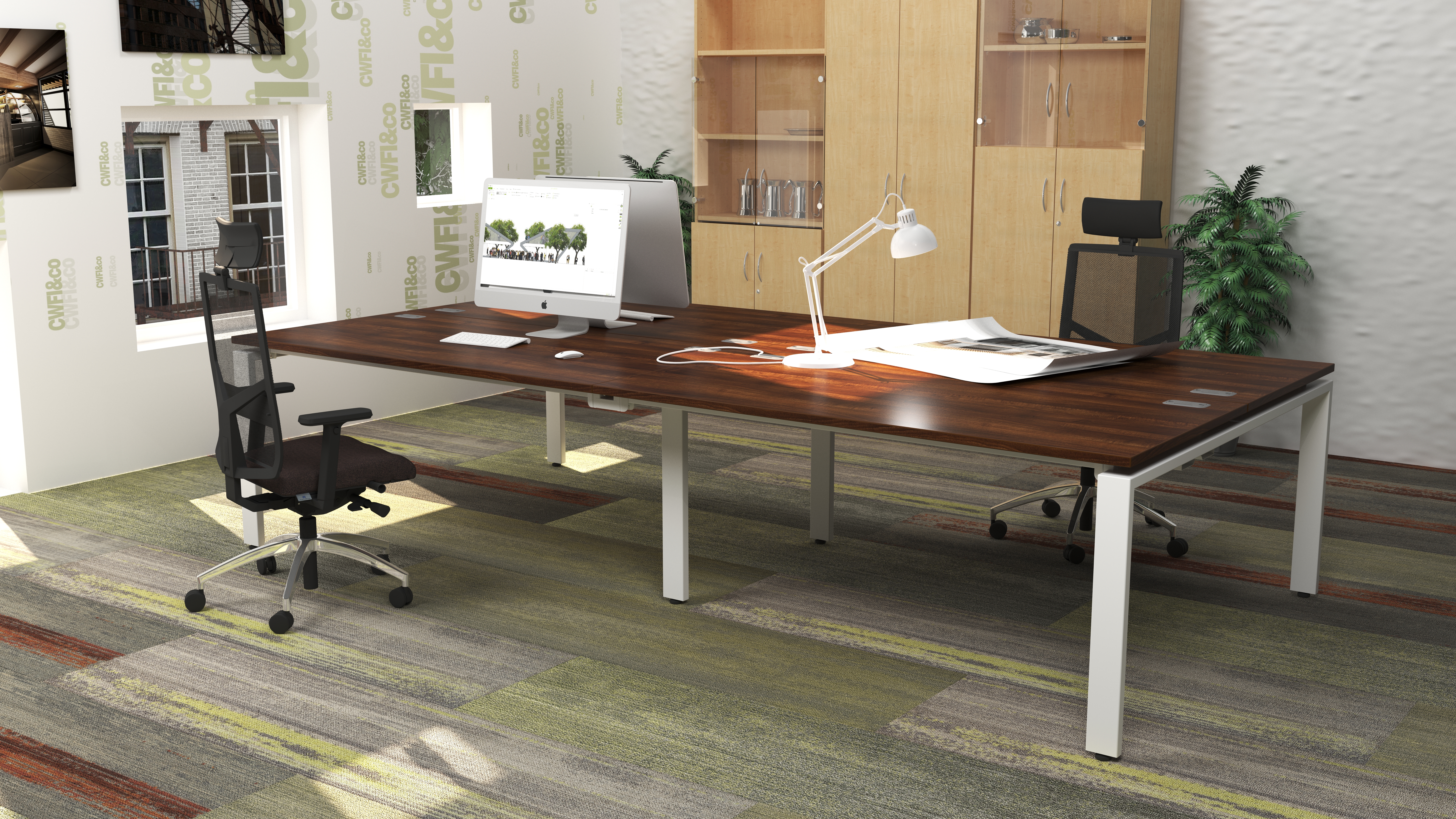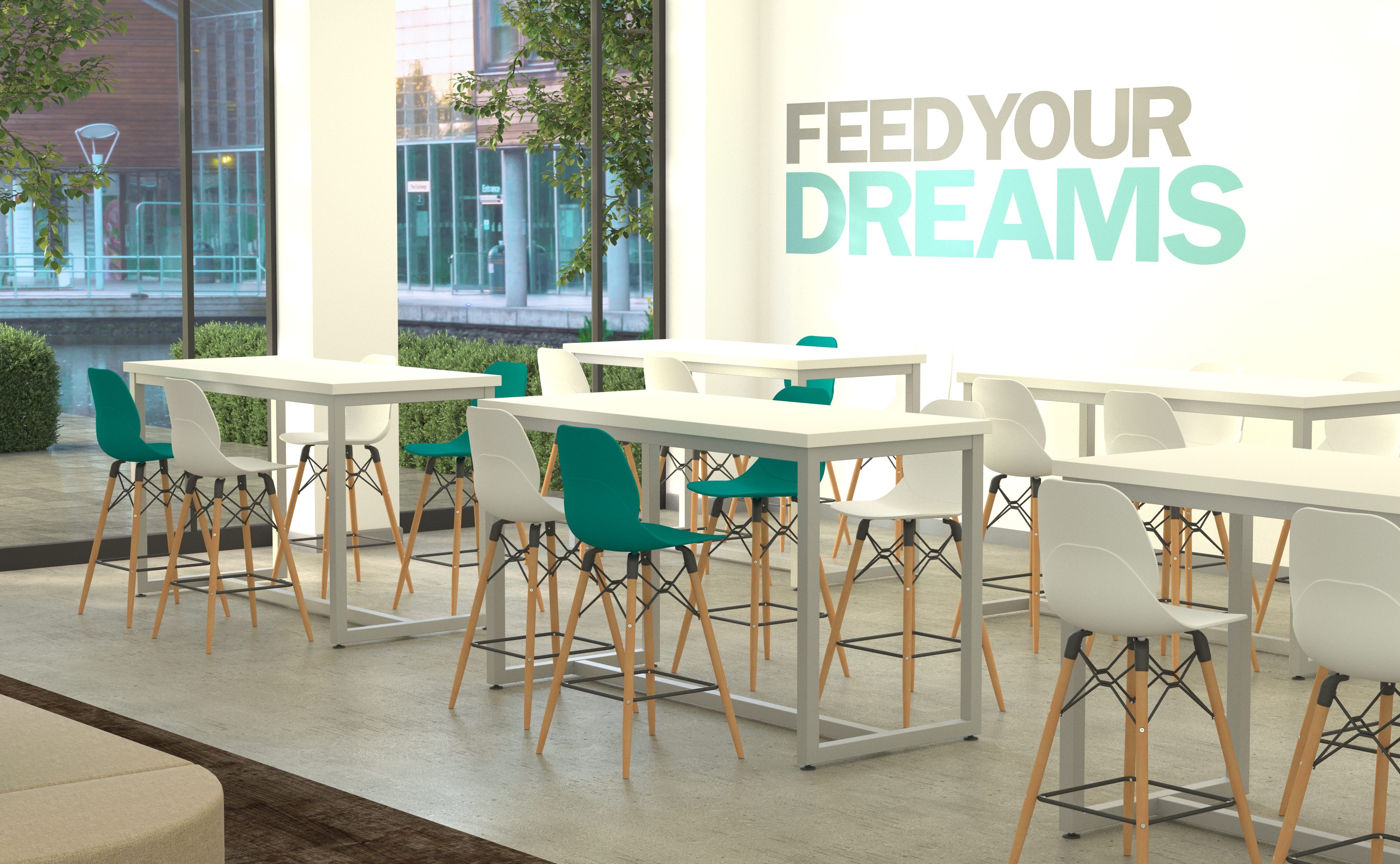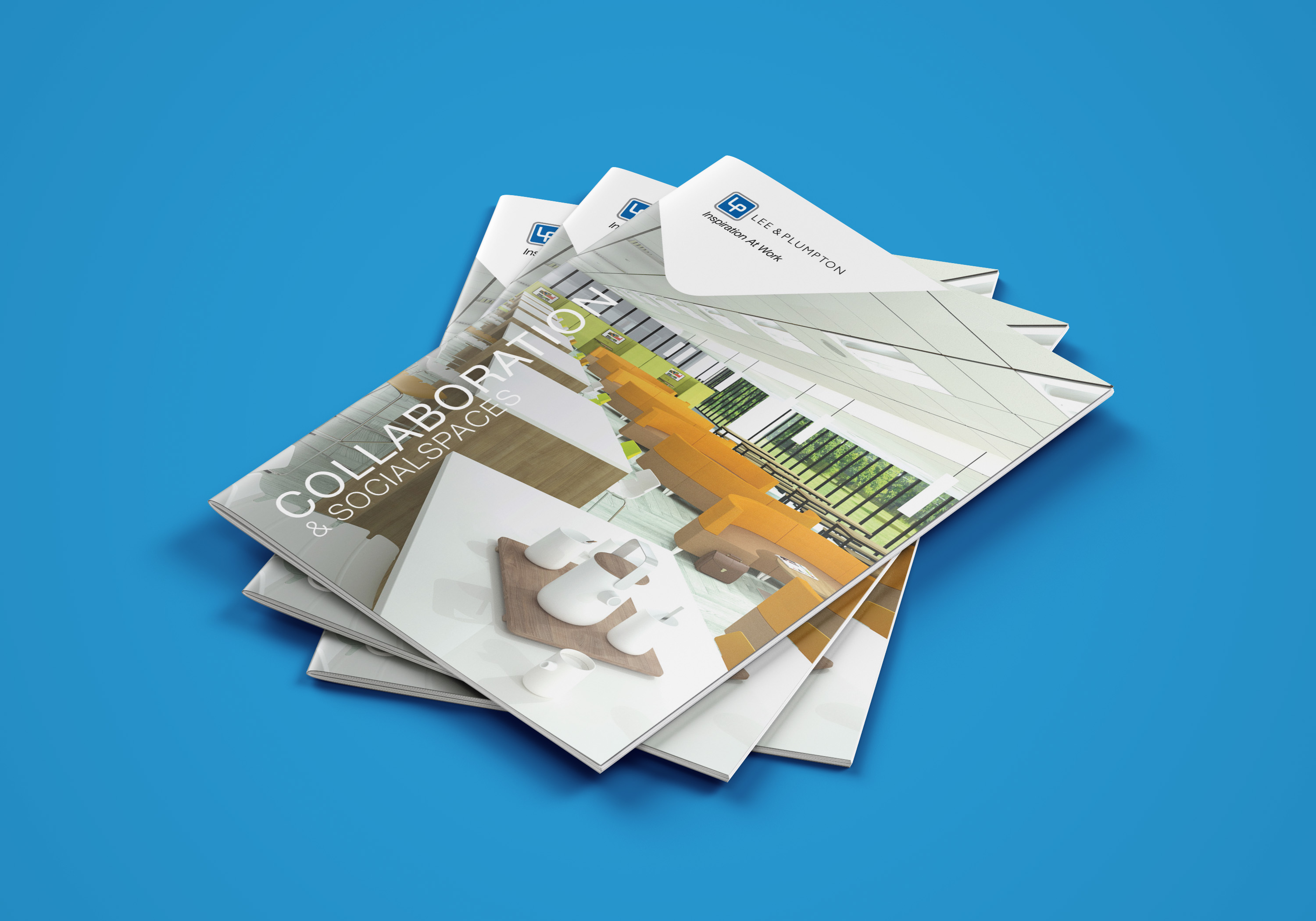Most people are now starting to return to the office – some full-time and others on a ‘hybrid’ basis.The opportunity to collaborate and socialise with colleagues is certainly a major benefit of meeting ‘in person’ within the workplace.
It’s interesting that, according to a poll undertaken by YouGov for the BBC, it is managers and senior leaders who are most concerned about the potential loss in creativity through lack of collaboration within the office environment.
The survey states that “half of 530 senior leaders surveyed said that workers staying at home would adversely affect both creativity and collaboration - against just 38% of the general public.”


It is not just creativity that might be lost through lack of ‘in person' contact but the opportunity to hold informal and ‘ad-hoc’ conversations with colleagues. Many members of staff, including younger colleagues, will also gain from feeling part of the company’s culture and absorb additional knowledge and advice.
This situation is further supported by the findings of the survey. More than 60% of respondents thought young people would struggle to progress without face-to-face contact or in-person mentoring.
Planning a workspace for collaboration requires careful consideration. A balance is required between individual and group workspaces. Workstations are important to provide a sense of privacy and enhance task concentration. Different sizes and styles of group working areas should be integrated seamlessly within the office environment. The variety of workspaces allows staff to match the level of engagement according to tasks and projects being undertaken. As well as improving creativity and productivity, many schemes can also result in greater job satisfaction and group cohesiveness.
Flexibility and variety of work settings are essential – open plan, private spaces, informal and formal. Large desks and tables, adjustable chairs, and standing/sitting options all promote collaboration.
The increased focus on wellbeing including air quality, lighting, use of colour, acoustics management as well as practical considerations such as technology and, of course, food and drink will help the office return as the ‘hub’ for the organisation.
Lee & Plumpton has recently launched a new guide – ‘Collaboration and Social Spaces – providing an overview of the different choices within the Company’s furniture portfolio to help support greater collaboration and socialising in the office. Download your copy from our brochure section here

 01953 453830
01953 453830